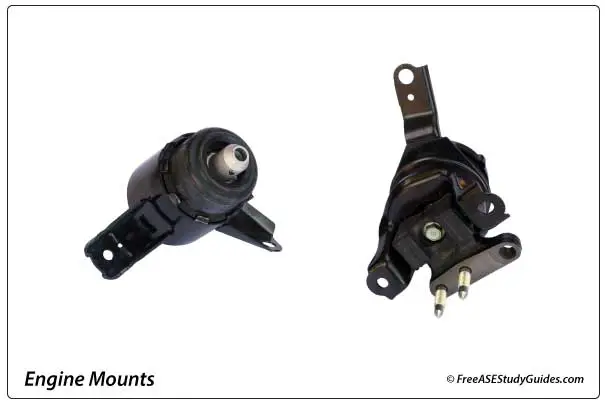Transmission Mounts and Shift Linkage

Manual transmissions will slip out of gear when the shift linkage becomes stretched or misadjusted. A broken engine or transmission mount often causes these stretched cables. They cause the transmission to suddenly "pop" out of gear during acceleration.

External shift linkage: External shift linkage wears in time, becomes misadjusted or misrouted. External transmission linkage can be cables or rods. Check these to ensure they're not rusted or binding, and adjust if necessary. Most manual transmission linkage is adjusted by placing the transmission in neutral and sliding a pin or drill bit through an alignment hole. When shift linkage becomes loose, the desired gear's synchronizer will not completely engage, allowing the transmission to jump out of gear.

Internal shift linkage: Internal shift linkage is different than external linkage. Shift rails and their detent ball and springs hold the transmission in the desired gear. The rail also contains the shift fork that moves the synchronizers that match gear speed to shaft speed while shifting. When the spring that holds the rail in its bore becomes weak or broken, the rail slides in its bore. This looseness results in the transmission slipping out of gear. If the ball or notch in the rail wear or if the rail becomes bent, the transmission can become stuck in gear.